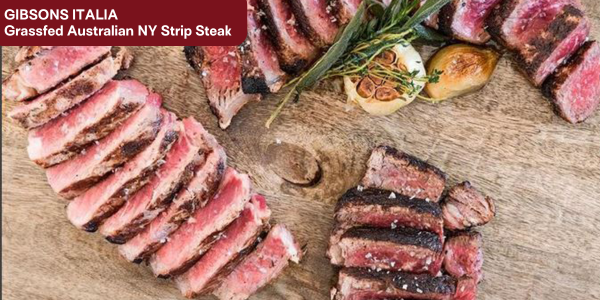Price. Price. Price. It was certainly the number one topic of conversation for the food industry in 2024 and it looks like it will continue to take up a lot of headspace in 2025.
But is price consumers’ only concern? Of course not. If it was, we’d all eat the most inexpensive foods that fulfill our basic nutritional needs. There would be no place for gourmet coffee, artisan burgers, or fancy cocktails. If you need proof that low prices aren’t necessarily consumers’ sole focus, consider that caviar is one of the hottest trends on menus at a time when we’re talking about inflation and the cost of eggs. There is always room for premium options – they just have to showcase their worth.
Indeed, when we asked consumers which attributes contribute to the value of a product, price and quality were neck and neck – 57% of consumers said price, while 55% chose quality, the top two options they selected. The “price + quality” equation is the real value equation you should focus on. Don’t solely focus on how to drop prices as low as possible, but instead focus on showcasing to the customer that the quality of a dish or experience is worth the price.
So what contributes to a consumer’s perception of quality? Part of it is knowing where their food comes from. In fact, 82% of consumers told us that knowing where an ingredient is sourced from increases the value of a product, with 45% of consumers saying it significantly increases the value. And that holds for all generations: Gen Z was more likely than any other generation to say it significantly increases the value of a product.
So get out of the “price price price” mindset and instead focus on price and quality – your customers are.

Editor’s note: Aussie Beef and Lamb bring a lot of positives to the menu, and this data shows that sharing their origin with the guest delivers on value, too. Steakhouse stalwarts at Gibson’s know this – their “Gibsons Grassfed Australian” program is loud and proud on menu and at retail, providing an opportunity for storytelling and using quality and provenance as a differentiator.

